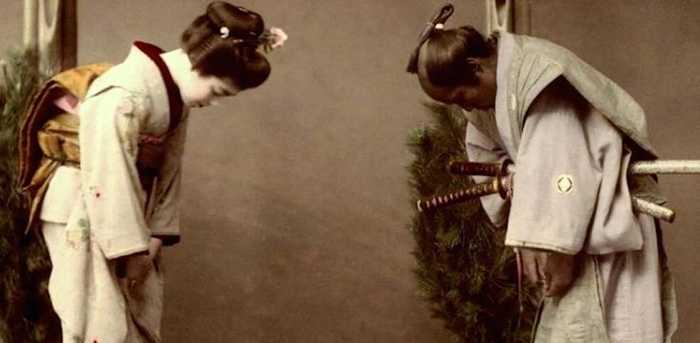Published 17:04 IST, July 21st 2024
Lesser-Known Greetings Styles You Should Know About
Here are some lesser-known greeting styles that have existed for centuries in various parts of the world.
- Lifestyle News
- 2 min read
In an increasingly interconnected world, understanding various greeting styles becomes a crucial socializing skill-set. Here are some lesser-known greeting styles that have existed for centuries in varying parts of this world from the ways popularised by Mano culture to how the Maraoi people in New Zealand have been greeting each other.

New Zealand: The Hongi
In New Zealand, the Māori people greet each other with the hongi, a traditional form of gesture where two people press their noses and foreheads together. This practice symbolises the sharing of breath and life force, creating a deep sense of connection and mutual respect.

Japan: Bowing
In Japan, bowing is considered a common greeting that conveys respect and humility. The depth and duration of the bow can vary based on the social status of the person being greeted. A slight nod is appropriate for casual encounters, while a deeper bow is reserved for formal occasions.
Tibet: Sticking out the tongue
In Tibet, sticking out one's tongue is a traditional greeting that dates back to the ninth century. This gesture originated as a way to show that one is not a reincarnation of a cruel historical figure who was known for having a black tongue.

Philippines: Mano
In the Philippines, a customary greeting involves taking the elder's hand and gently pressing it to one's forehead. Known as "mano," this gesture is a sign of respect and a request for blessings from elders.

Thailand: Wai
In Thailand, the wai is a traditional greeting that involves placing one's hands together in a prayer-like position and bowing slightly. The height of the hands and depth of the bow can indicate the level of respect and formality.

Kenya: Samburu salute
Among the Samburu people of Kenya, a common greeting involves spitting. Though it may seem unusual, spitting on one’s hand before shaking hands is a sign of respect and good wishes.
Updated 17:04 IST, July 21st 2024